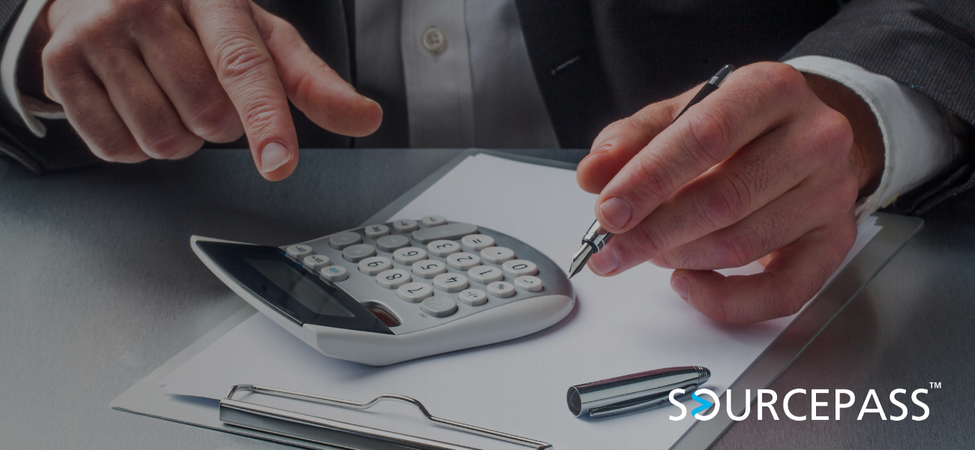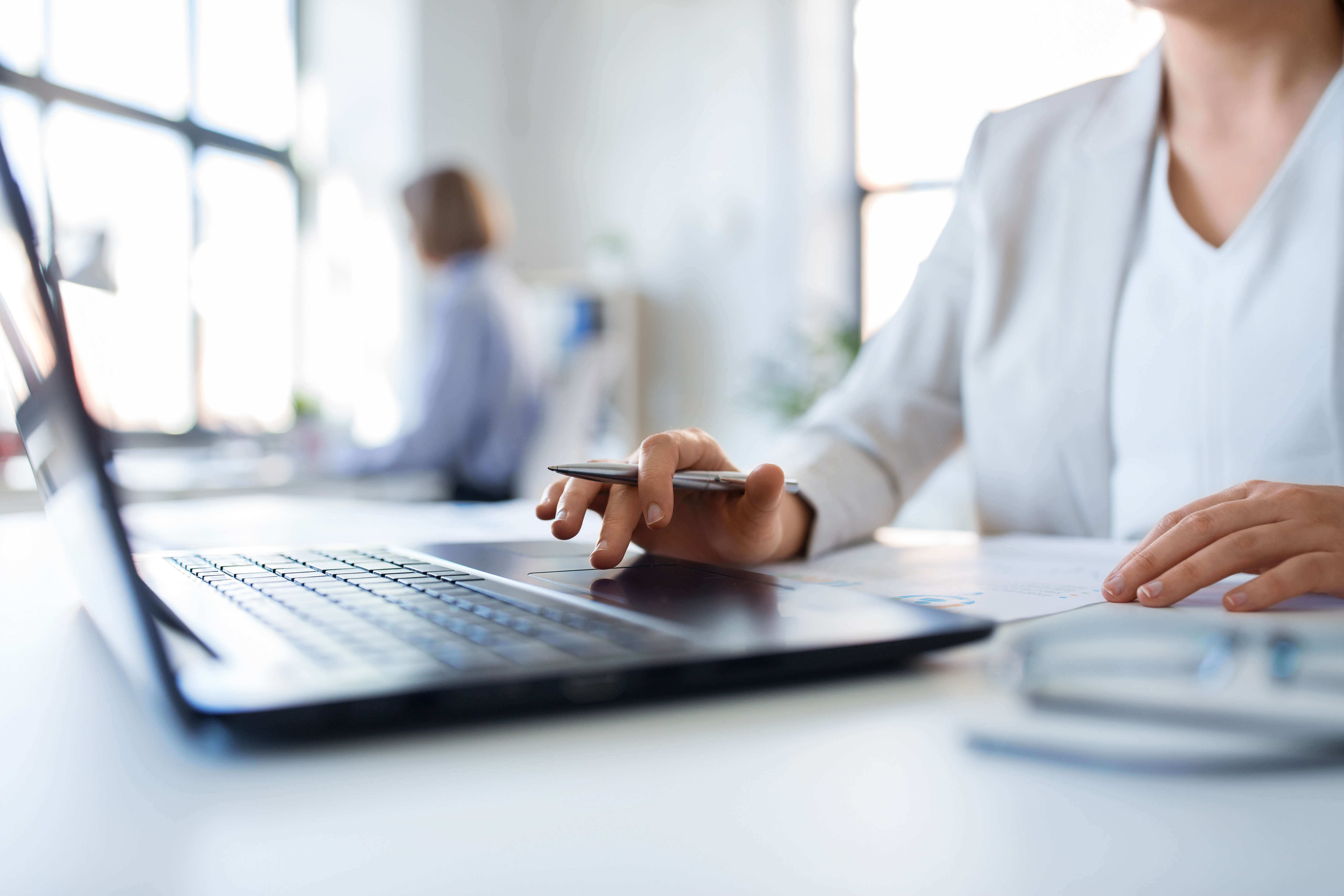Streamlining Practice Management with Integrated IT Tools
Jul 22, 2025 Alex Davis Industry - Healthcare 2 min read



Running a modern medical practice is more than just seeing patients. Between billing, scheduling, electronic health records (EHR), and regulatory compliance, the administrative load can quickly overwhelm even the most efficient teams. That’s where integrated IT tools come in.
By consolidating systems and automating workflows, medical IT integration helps practices streamline operations, reduce errors, and improve both patient and staff experiences. This blog explores how the right practice management software and IT infrastructure can simplify your daily operations and support long-term growth.
Why Integration Matters in Healthcare IT
Many practices still operate with fragmented systems: one platform for scheduling, another for billing, and a third for EHR. This patchwork approach creates manual processes, duplicate data entry, and significant opportunities for error.
Medical IT integration brings these tools into a single, centralized system—or at least enables seamless communication between them. The result is faster access to information, better data accuracy, and less time spent managing disconnected software platforms.
Key Benefits of Integrated Practice Management Software
1. Reduced Administrative Burden
Integrated platforms eliminate the need to re-enter patient data across multiple systems. Whether it’s transferring notes from intake to billing or syncing insurance information, automation saves time and reduces the chance of human error.
2. Improved Patient Experience
When systems talk to each other, patients don’t have to repeat themselves or fill out redundant forms. Staff can easily access complete histories and provide faster service, improving satisfaction and retention.
3. Better Financial Management
A well-integrated system allows you to track revenue cycles, process claims faster, and reduce billing delays. Many tools include automated reminders for unpaid balances and simplified reporting for financial planning.
4. Stronger Compliance and Security
Integrated practice management software helps enforce HIPAA standards by standardizing access controls, data encryption, and audit trails. Fewer systems also mean fewer points of vulnerability.
5. Scalability for Growth
As your practice grows—adding locations, providers, or services—a consolidated system scales more efficiently than piecemeal tools. Centralized dashboards and user controls make it easier to manage multiple workflows in one place.
What Tools Should Be Integrated?
For optimal efficiency, your IT strategy should connect the following components:
- EHR/EMR Systems
- Patient Scheduling and Portals
- Billing and Claims Management
- Telehealth Platforms
- Secure Messaging and Communication Tools
- Inventory and Supply Chain Systems
Integration doesn’t always mean one single tool. It means ensuring your tools connect and share data in real time. Many modern practice management software solutions offer API capabilities or built-in connectors to unify your tech stack.
Overcoming Integration Challenges
Lack of Internal IT Expertise
Partnering with a healthcare-focused IT provider can help configure, secure, and support your integrated systems, without overwhelming your in-house staff.
Legacy Software Compatibility
Many practices run outdated systems that don’t support modern integration. It may be time to evaluate newer platforms or cloud-based solutions that align better with current needs.
Data Migration Concerns
Merging systems can seem risky, especially when moving sensitive patient data. A phased approach and thorough data mapping process can ensure a smooth transition.
Final Thoughts
Whether you’re a solo provider or managing a multi-location group, medical IT integration is a strategic move that pays dividends in time, accuracy, and care quality. Investing in integrated practice management software isn’t just about convenience—it’s about building a more resilient, patient-focused practice.
The right technology can help you do more with less—and ensure your team spends more time on what matters most: patient care.
Subscribe To
Sourcepass Insights
Sourcepass Insights
Stay in the loop and never miss out on the latest updates by subscribing to our newsletter today!
.png?width=500&height=100&name=White%20Logo%20-%20Transparent%20Tag%20(3).png)



